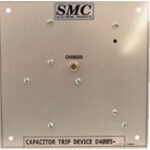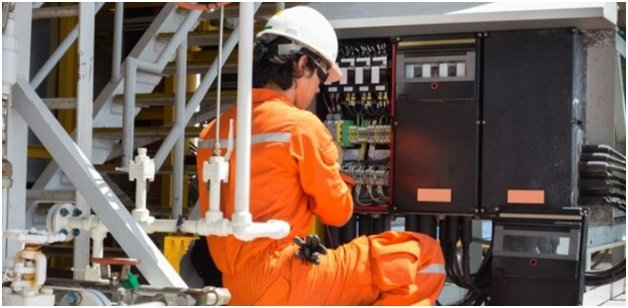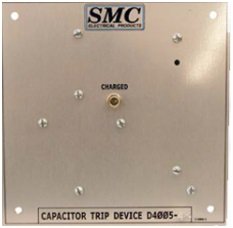In the world of dentistry, safety and hygiene are paramount. Dental procedures often involve close contact with patients’ oral cavities, making it crucial to maintain a sterile setting to stop the transmission of diseases. Among the many tools and equipment used in dental clinics, an autoclave steriliser is indispensable for protecting the patient’s health and safety and dental professionals. This article will explore its power, importance, functionality, and the key role it plays in dental practice.
Understanding Autoclave Sterilisers
These high-pressure devices are designed to eliminate all microbial life forms, including bacteria, viruses, fungi, and spores. They work by subjecting instruments and equipment to high-pressure steam at temperatures exceeding 121°C (250°F), effectively sterilising them. This process ensures that dental instruments are safe to use, significantly reducing the risk of cross-contamination.
The Importance of Sterilisation in Dentistry
1. Patient Safety: Patients entrust their oral health to dental professionals. Ensuring that instruments are properly sterilised is fundamental to patient safety. Contaminated instruments can lead to infections, complications, and patient discomfort.
2. Infection Control: Dental procedures often involve the risk of blood exposure and the usage of sharp objects. Proper sterilisation is essential to control the spread of bloodborne pathogens and other infections.
3. Regulatory Compliance: Dental clinics must adhere to strict regulations and guidelines set by health authorities. Failure to meet these standards can result in legal and ethical consequences. These are key tools in meeting these requirements.
The Working Mechanism of Steam Sterilisers
1. Steam Generation: Water is heated in the autoclave chamber to produce steam. The steam is responsible for both heating and sterilising the instruments.
2. Pressure Build-Up: As steam is generated, the pressure inside the autoclave chamber increases. This pressure is essential for achieving the high temperatures required for sterilisation.
3. Sterilisation Cycle: The autoclave runs through a preset sterilisation cycle, which includes heating, pressurising, and maintaining the high-temperature environment for a specific duration. This cycle ensures complete sterilisation.
4. Cooling Phase: After sterilisation, the autoclave begins to cool down the temperature. Once the temperature and pressure reach safe levels, the instruments can be safely removed.
Types of Steam Sterilisers
There are several types of steam sterilisers commonly used in dental practices:
1. Class B Autoclaves: These are the most advanced and recommended autoclaves for dental settings. Class B autoclaves use vacuum technology to remove air from the chamber, ensuring efficient sterilisation of hollow instruments and porous loads.
2. Class N Autoclaves: These autoclaves are suitable for solid instruments but may not be as effective for hollow or porous materials. They are an economical option for smaller dental practices.
3. Pre- and Post-Vacuum Autoclaves: These autoclaves combine pre-vacuum and post-vacuum phases to achieve thorough sterilisation. They are versatile and suitable for a wide range of instruments.
The Key Role of Steam Sterilisers in Dental Practice
1. Instrument Sterilisation: The primary function is to ensure that dental instruments, such as probes, forceps, and handpieces, are completely sterile before use.
2. Infection Prevention: Autoclaves play a crucial role in preventing the transmission of infections between patients and ensuring a safe dental environment by effectively sterilising instruments.
3. Instrument Longevity: Proper sterilisation protects patients and extends the life of dental instruments. Regular sterilised instruments tend to last longer, reducing overall operational costs for dental clinics.
Conclusion
Autoclave steriliser are the unsung heroes of dental practice, silently working to ensure the safety and well-being of both patients and dental professionals. Their ability to eliminate harmful microorganisms from instruments is essential in maintaining a sterile environment. Dental clinics must invest in high-quality steam sterilisers, adhere to strict maintenance routines, and follow usage guidelines to uphold the highest infection control and patient safety standards.










